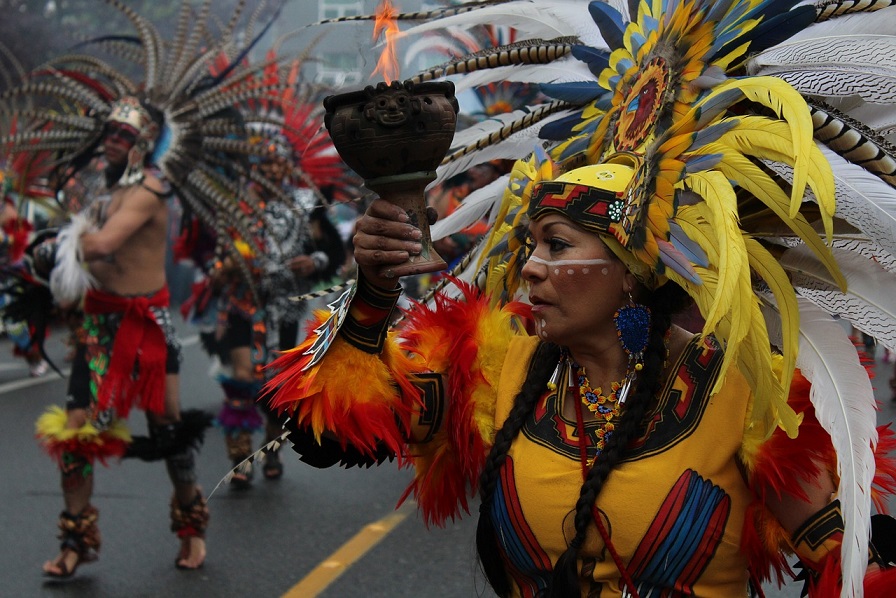“We are neither Indian, nor European, but a species lying somewhere in between the legitimate owners of the land and the Spanish usurpers…” Simon Bolivar (Letter from Jamaica).
–
 Claudio Chipana
Claudio Chipana
–
People of mixed heritage, mestizos, are a challenge to racial purity and the idea of a monolithic nation. The mixing of race is a cultural as well as racial process that began from the moment the Conquistadors arrived in the Americas in the 16th Century. The historian, Inca Garcilazo de la Vega, is considered to be the first Peruvian of mestizo. But, why Garcilazo and not the Indian historian Guaman Poma?
Mestizos are neither Hispanic nor indigenous and have been viewed both negatively and positively depending on their social class and ideology. Over time, being mestizo has developed into a form of identity for those living on the Latin American continent, and a way of staking a claim for themselves and forging ahead in the process of transculturation.
The colonisation and later extermination of the majority of the indigenous population resulted in the need to import slaves and Chinese ‘coolies’ (contract labourers) to satisfy demand for farns and mining.
Over time, mestizos became a symbol in themselves, a symbol of national unity.
Mestizo identity is a cultural and ethnic mix that cannot be completely reconciled with indigenous identity, and nor does it feel European. The Mexican writer José Vascolcelos imagined a utopian mestizo, or a “cosmic race”.
 500 years on from the “discovery” of the Americas, writers like Carlos Fuentes and Jorge Amado celebrate the mestizo character of Our America.
500 years on from the “discovery” of the Americas, writers like Carlos Fuentes and Jorge Amado celebrate the mestizo character of Our America.
According to a report by Queen Mary University entitled “No Longer Invisible”, some Latin Americans living in the UK identify themselves as being mestizo (41.3%), others as being “Latino/Latin American” (17%), “white” (28.7%) or Ibero-American (0.4%).
It is still common for Latin Americans to identify themselves as being mestizo. This raises the question, if a person considers themselves mestizo, does this exclude them from identifying themselves as Latin American? At the same time, it should be acknowledged that there is a significant indigenous population resistant to any kind of homogenisation.
The end of the 19th Century saw a rise in the people from countries to the south of the Bravo river identifying themselves as being Latin American, in a geopolitical rather than racial sense.
While the importance of cultural mixing is widely recognised – some, for example Argentine anthropologist García Canclini, highlight the “hybrid” character of Latin Amercian culture – Latin Americans have nonetheless drawn strength from identifying themselves primarily in terms of their region, rather than simply their race.
 It could be said that what Latin Americans have achieved by uniting and representing their diversity and heterogeneity is a kind of synthesis.
It could be said that what Latin Americans have achieved by uniting and representing their diversity and heterogeneity is a kind of synthesis.
If being mestizo represents, above all else, a racial and cultural mix, then Latin Americans take this to its furthest and fullest extent, in terms of their culture, society and politics.
This is all done within a framework of regional unity, and not with the exclusion of the indigenous population.
The result being that the two groups are not mutually exclusive. Mestizos talk of diversity and blending, while Latin Americans emphasise the unity and strength of this diversity.
(Translated by Viv Griffiths) – Photos: Pixabay












.jpg)












